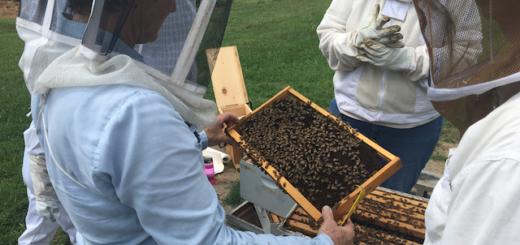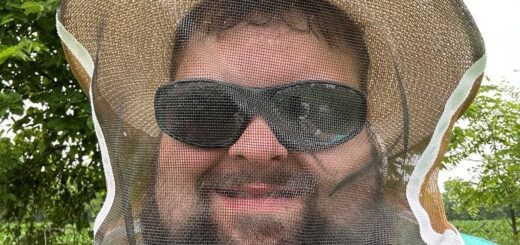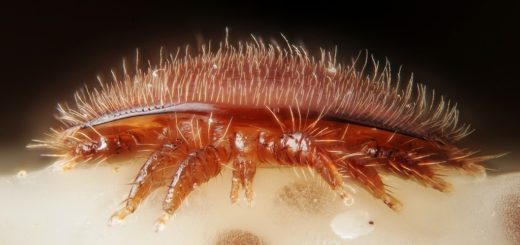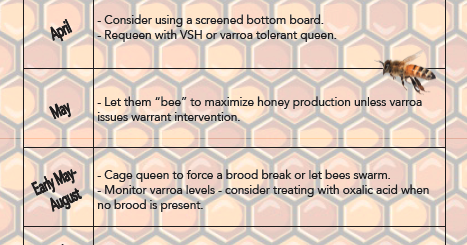Honeybee Removal
HELP! I’ve got a bunch of bees that need removing!
If you want a swarm or colony of bees (honeybees ONLY) to be removed from your property in Chatham County, North Carolina, we can help.
While swarms typically occur in the Spring, sometimes they can happen in the Fall months. And honeybees can form colonies in and around your house structures at any time of the year. Please don’t use insecticides or other chemicals on the bees! Our highly experienced beekeepers are more than happy to come out and remove the nests, saving the precious honeybees.
Before you contact a resource listed below, please do a little investigating as described here. These beekeepers can only remove honeybees, not other insects such as wasps or yellow jackets. Sometimes it is hard to differentiate.
- Are you sure they are honeybees? We’ve set up a reference page to help you identify the insect you are troubled with. For help identifying the insect, see our reference here.
- Do you have a swarm or a more established colony in a structure?
- A swarm is typically a cluster of bees, gathered together outside or on the outside of a structure. The swarm will be very docile. See reference photos of swarms here.
- A more established colony may not be seen, perhaps you are seeing bees moving in and out of an opening. Sometimes you might come across an active hive behind a wall or in an attic when you are renovating.
IF YOU THINK YOU HAVE A COLONY IN A STRUCTURE
For help with removing an established colony, please contact Zachary Gellman, Moya Hallstein, Gerald Wert, Alex Joseph Buigas or Richard Dunnegan, five beekeepers who have told CCBA they are experienced in honey bee colony extraction and are prepared to respond to calls for help.
| Zachary Gellman |
(828) 460-7595 |
| Moya Hallstein, Honey Bee Gone |
(919) 533-9139 |
| Gerald Wert |
(919) 771-7903 |
|
Alex Joseph Buigas, “AL the bee guy” |
(919) 904-0274 |
|
Richard Dunnagan |
(919) 606-3980 |
Be prepared to give your contact info and availability, address details, and specifics about the site.
- If you think you have a colony, where is it?
- Some colonies are too difficult to safely remove. Be prepared to describe the site fully in order to help clarify the complexity and risks involved with removal.
- How long has the colony been there?
- You may not know the answer to this, but it such information will help determine the equipment necessary to fully remove the colony.
IF YOU THINK YOU HAVE A SWARM
Contact our Swarm Commander, Andy Olson, at 919-819-6183.
He will contact the nearest available local beekeeper to come and help capture the swarm.
- If you think you have a swarm, how high up is it?
- Some swarms are too high up to safely remove. These can be left alone and will leave in a day or two.
- How long has the swarm been there?
- The duration that a swarm can stay in one place can range from minutes to days, but the bees usually leave within twenty-four hours. It is important to collect and remove the swarm as quickly as possible before it finds a home and leaves on its own.
- Have you done anything to the bees, like spraying them with insecticide? (That would be a very bad idea.)
- What is the address? What is the best number to reach you?
- The beekeeper will give you a number to call if the bees leave before the beekeeper arrives.
BACKGROUND ON SWARMS. DON’T PANIC!
Experiencing a honey bee swarm can be really exciting (or terrifying). Thousands of bees seem to be everywhere; their buzz drowns out all other sounds. Almost as quickly as the honey bees appear, they will settle in a clump on a tree, bush, or other structure.
What should you do? There is no need to panic. Swarming honey bees are very gentle. Having stuffed themselves with honey, they are fat and happy. Since they no longer are in the hive, they have nothing left to protect and will rarely sting.
- Stay out of their way while they are actively flying around in the air.
- Make a note of where they have settled.
The good news is that swarming honey bees are healthy bees. This is the method honey bees use to reproduce. As a colony gets stronger, they produce a new queen and the old queen leaves with half the bees looking for a new home. Unfortunately, the optimal wild homes, large hollow trees, are less abundant in populated or farm areas so the bees sometimes choose a new home between the walls of a house.
A swarm sends out scout bees to look for a home. If there are bees flying from a hollow tree or an opening in your house or outbuilding, you no longer have a swarm, you now have a colony. A beekeeper may be able to help you remove a colony, but the work involved often means that there will be a charge. Please do not spray the bees with insecticide. This can cause more problems than it cures. Honey bees use honey as their food supply and a healthy colony can easily store over 100 pounds of honey in the spring. Without the bees to take care of the honey, it will attract other insects, start to ferment, and start dripping – not something you want between the walls of your house.






